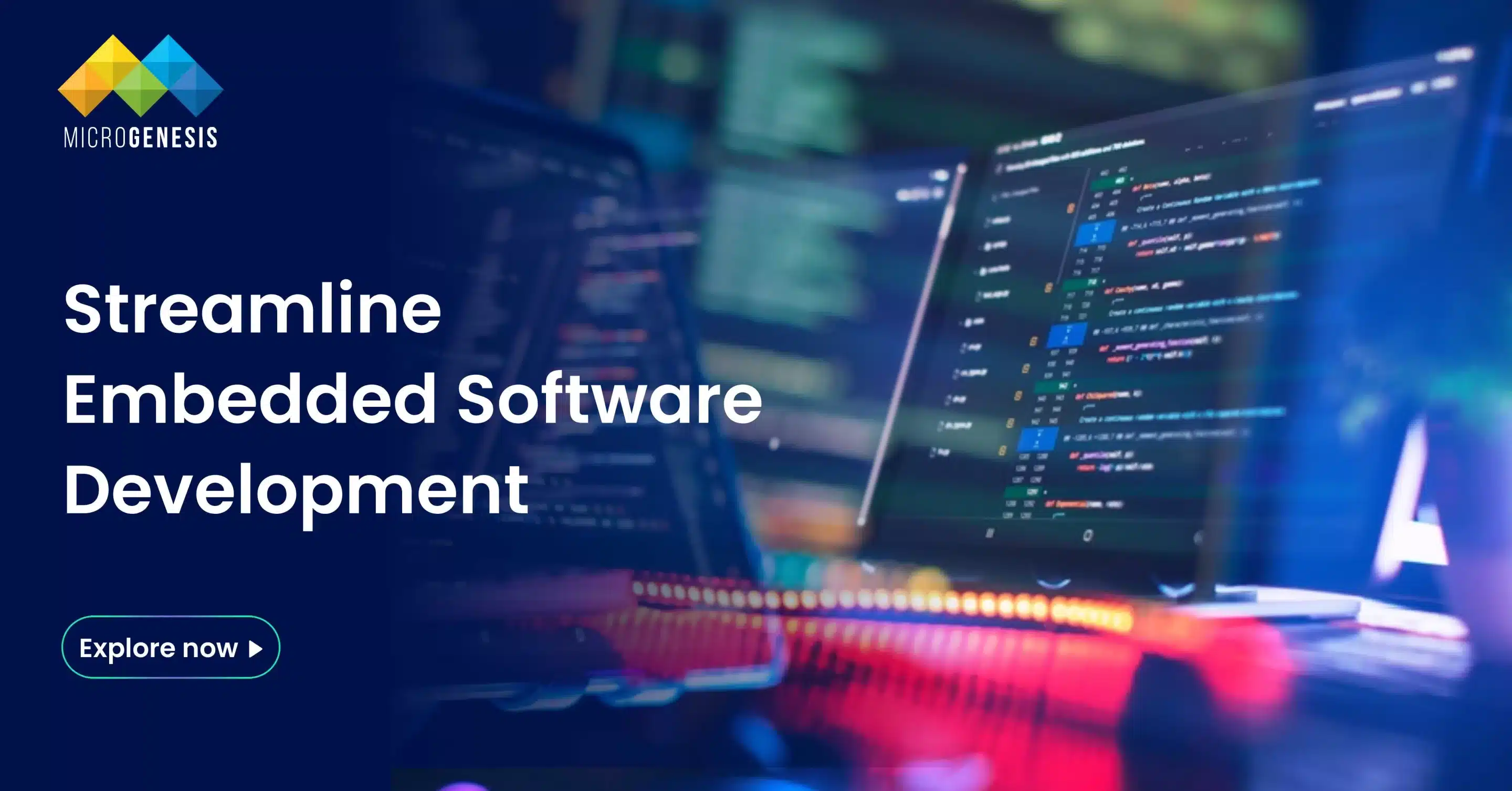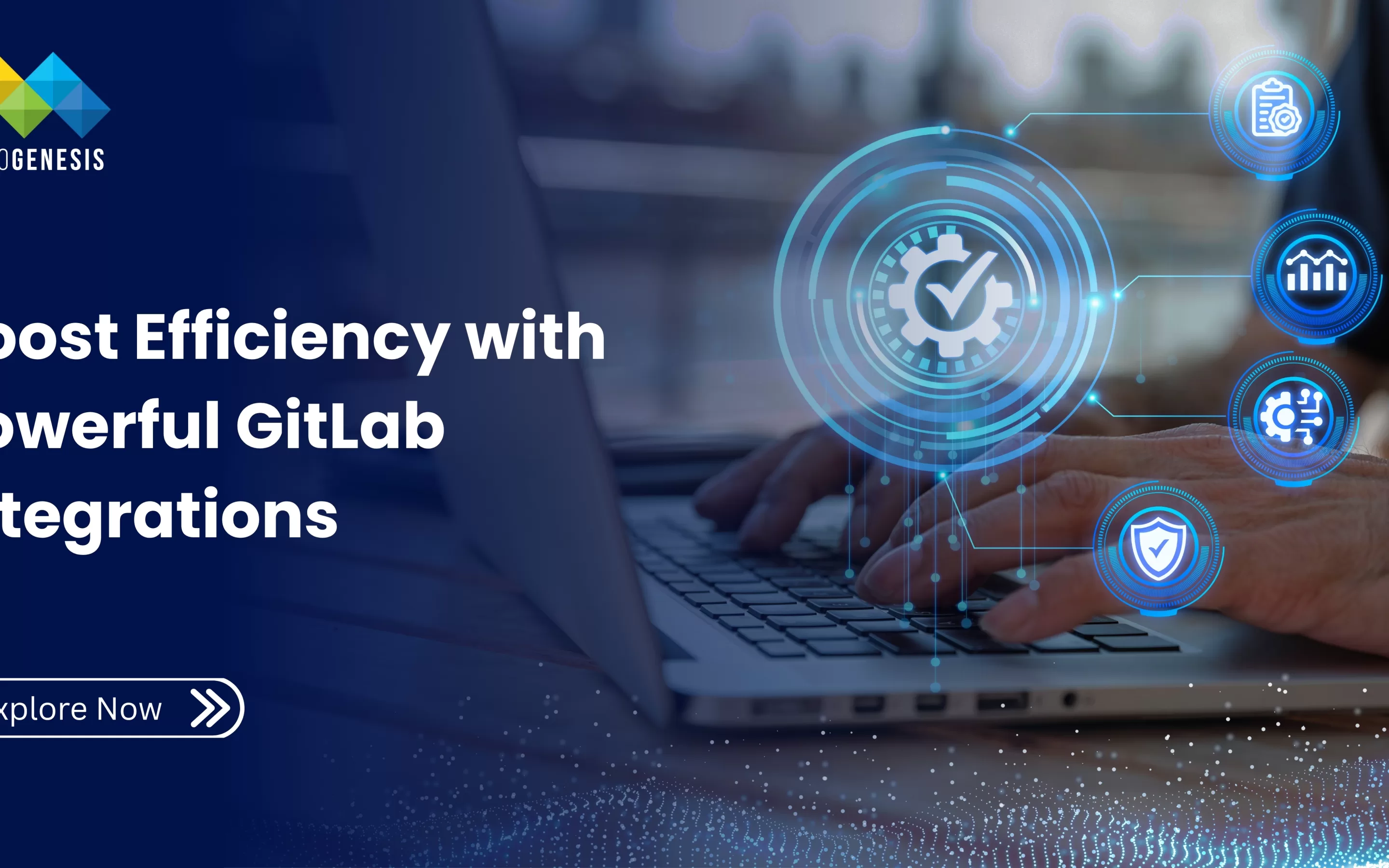In the era of digital transformation, embedded software development has become the invisible backbone of innovation. From smart appliances and automotive systems to medical devices and industrial robots, embedded solutions enable hardware to think, communicate, and respond intelligently.
Every time a smartwatch tracks your heart rate, or a car automatically applies the brakes, it’s embedded software performing real-time computations behind the scenes. As products become smarter and more connected, the sophistication of embedded systems continues to expand — demanding precision engineering, robust processes, and advanced development tools.
This article explores how embedded software companies design and build reliable systems, outlining the core development processes, essential tools, and best practices shaping the future of embedded solutions.
2. What Is Embedded Software Development?
Embedded software development refers to the process of creating specialized software that runs on dedicated hardware devices — often with specific functions, limited computing resources, and real-time performance requirements.
Unlike desktop or web applications, embedded software interacts directly with hardware through microcontrollers, sensors, and actuators. It’s engineered to perform deterministic tasks (predictable and repeatable behavior) under strict constraints on memory, processing power, and energy consumption. By leveraging embedded DevOps solutions, organizations can streamline development, automate testing, and ensure continuous integration and delivery, resulting in more reliable and efficient embedded systems.
2.1 Characteristics of Embedded Software
- Hardware-Specific: Tailored to a particular processor or board configuration.
- Real-Time Performance: Must respond instantly to input signals or sensor data.
- Reliability and Safety: Designed to operate flawlessly for years, often in mission-critical environments.
- Resource Efficiency: Optimized for limited CPU cycles, RAM, and storage.
- Longevity: Must remain maintainable and upgradable over extended product lifecycles.
2.2 Real-World Examples
- Automotive control units (ECUs) managing braking and steering systems.
- Smart home devices like thermostats, security cameras, and voice assistants.
- Industrial automation controllers and robotics systems.
- Medical devices such as insulin pumps or diagnostic equipment.
- Aerospace and defense navigation or communication systems.
In all these examples, embedded software forms the “brain” that drives hardware behavior — making it a critical enabler of innovation.
3. The Embedded Software Development Process
The development lifecycle for embedded software combines the rigor of traditional software engineering with the precision of hardware design. While the process may vary between embedded software companies, the fundamental phases typically include:
3.1 Requirements Analysis
The foundation of any embedded project lies in understanding functional and non-functional requirements.
Engineers define what the system must do — including timing constraints, power consumption targets, and hardware interfaces.
Key steps include:
- Gathering system-level specifications from stakeholders.
- Defining performance benchmarks (e.g., response times under 10 ms).
- Assessing regulatory and safety standards (e.g., ISO 26262, IEC 62304).
- Selecting target hardware (microcontroller, processor, memory, sensors).
A well-documented requirements phase ensures alignment between hardware, software, and product objectives.
3.2 System and Software Design
Once requirements are clear, architects translate them into detailed system design documents. This phase defines how software interacts with hardware and other system components.
- Architecture Definition: Layered models separating hardware abstraction, middleware, and application logic.
- Interface Design: Defining APIs between modules and peripheral devices.
- Real-Time Operating System (RTOS) Selection: Choosing an OS such as FreeRTOS, VxWorks, or QNX for deterministic scheduling.
- Communication Protocols: Defining CAN, SPI, I²C, UART, or Ethernet interfaces.
This design stage ensures the system remains scalable, testable, and maintainable throughout its lifecycle.
3.3 Development and Coding
The implementation phase converts design into code, typically using C, C++, or increasingly Rust for safety-critical systems. Developers work closely with hardware engineers to ensure compatibility with target boards.
Common Development Activities:
- Writing firmware and driver code for sensors, actuators, and communication interfaces.
- Implementing real-time task scheduling, interrupt handling, and power management.
- Using cross-compilers to build code for target architectures (e.g., ARM, RISC-V).
- Simulating system behavior before deploying on actual hardware.
Code quality is paramount; static analysis tools and peer reviews are essential to detect defects early in the cycle.
3.4 Integration and Testing
Testing embedded software is far more complex than desktop or cloud applications because of tight coupling with hardware and real-time constraints.
Testing Levels Include:
- Unit Testing: Validates individual modules or functions.
- Integration Testing: Ensures correct communication between modules.
- Hardware-in-the-Loop (HIL) Testing: Simulates physical environments to verify software–hardware interaction.
- System Validation: Confirms compliance with performance, safety, and regulatory standards.
Many embedded software companies rely on Continuous Integration/Continuous Deployment (CI/CD) frameworks customized for firmware builds to maintain consistency and traceability.
3.5 Deployment and Maintenance
Once validated, software is deployed to production devices using programming interfaces such as JTAG or SWD.
However, development does not end at deployment — maintenance and updates are crucial for long-term reliability.
Modern embedded systems support Over-the-Air (OTA) updates, enabling secure firmware upgrades without physical intervention. This practice enhances product longevity and security, particularly for IoT devices.
4. Essential Tools in Embedded Software Development
Embedded software engineering depends on a diverse tool ecosystem. From design to debugging, each stage relies on specialized solutions to streamline workflows and ensure quality.
4.1 Integrated Development Environments (IDEs)
IDEs combine editors, compilers, and debugging tools in a unified workspace. Popular options include:
- Keil µVision (ARM development)
- IAR Embedded Workbench
- Eclipse-based IDEs (e.g., STM32CubeIDE, MPLAB X)
- SEGGER Embedded Studio
These environments provide device libraries, project templates, and visualization tools that accelerate firmware creation.
4.2 Compilers and Build Systems
Embedded developers rely on cross-compilers to translate high-level code into machine instructions for the target architecture.
Examples include:
- GCC (GNU Compiler Collection) for ARM or RISC-V.
- Clang/LLVM for modern embedded targets.
- CMake, Make, and Bazel for build automation.
Optimization flags and linker scripts are fine-tuned to balance speed, memory footprint, and power efficiency.
4.3 Debugging and Simulation Tools
Because debugging on real hardware can be challenging, simulators and debuggers are essential for diagnosing issues.
Common tools:
- JTAG/SWD Debuggers for step-through analysis.
- Logic Analyzers and Oscilloscopes for timing diagnostics.
- QEMU for virtual hardware simulation.
- GDB and SEGGER J-Link for live debugging.
These tools help identify issues like memory corruption, timing drift, and interrupt conflicts early in the process.
4.4 Real-Time Operating Systems (RTOS)
An RTOS ensures that embedded applications execute deterministic tasks within defined time constraints.
Popular RTOS platforms include:
- FreeRTOS – lightweight and open source, widely used for IoT.
- VxWorks – preferred in aerospace and defense.
- QNX Neutrino – renowned for automotive safety compliance.
- Zephyr OS – scalable and community-driven, backed by the Linux Foundation.
RTOS selection depends on certification needs, licensing models, and hardware resources.
4.5 Version Control and CI/CD Tools
Version control enables traceability and team collaboration across large projects:
- Git, GitHub, GitLab, and Bitbucket for code management.
- Jenkins, GitLab CI, and Azure DevOps for automated builds and testing pipelines.
By integrating CI/CD with embedded workflows, teams achieve repeatable builds and reduce regression risks.
4.6 Static and Dynamic Analysis Tools
Ensuring software integrity is vital in embedded environments, particularly those involving safety-critical applications.
Tools like Coverity, Polyspace, and Cppcheck analyze code for potential runtime errors, memory leaks, and compliance with standards such as MISRA C/C++.
Dynamic analysis complements this by monitoring performance, detecting race conditions, and validating timing behavior under load.
4.7 Configuration Management and Issue Tracking
Professional embedded software companies maintain rigorous configuration and issue tracking processes to manage versions, bugs, and documentation.
Tools such as Jira, Confluence, and Perforce provide visibility, audit trails, and accountability throughout the lifecycle.
5. Best Practices in Embedded Software Development
5.1 Design for Testability and Modularity
Modular architecture facilitates parallel development and simplifies integration.
Designing with test hooks and simulation interfaces allows easier validation and debugging.
Read More: System Modeling: The Key to Validating Requirements and Building Embedded Systems
5.2 Adhere to Industry Standards
Compliance with standards like ISO 26262 (automotive), IEC 62304 (medical), and DO-178C (aerospace) ensures safety, reliability, and regulatory approval.
5.3 Prioritize Security Early
With connected embedded systems (IoT), security is not optional. Developers should implement secure boot, encryption, code signing, and access control from the earliest stages.
5.4 Automate Testing and Builds
Automation ensures consistency and accelerates release cycles. Incorporating CI/CD into embedded pipelines reduces manual effort and enhances traceability.
5.5 Maintain Documentation Discipline
Comprehensive documentation — design specs, test reports, and user manuals — ensures maintainability and compliance audits throughout the product lifecycle.
6. The Role of Embedded Software Companies
Modern embedded software companies serve as strategic technology partners for businesses seeking to innovate across domains such as automotive, industrial automation, medical devices, and consumer electronics.
Their expertise extends beyond coding; they provide end-to-end embedded solutions, including:
- Hardware and firmware co-design
- RTOS and middleware integration
- Cloud and IoT connectivity
- Safety and security certification support
- Lifecycle management and OTA maintenance
Partnering with experienced providers ensures that embedded solutions meet the highest standards of reliability, scalability, and compliance — critical for products operating in mission-critical or safety-sensitive environments.
7. Future Trends in Embedded Solutions
The embedded software landscape is evolving rapidly under the influence of emerging technologies.
Key trends shaping the future include:
7.1 AI and Machine Learning on Edge Devices
Advancements in microcontroller performance enable real-time inference for applications such as predictive maintenance, image recognition, and autonomous navigation.
7.2 Connectivity and IoT Integration
Embedded systems are increasingly networked through Wi-Fi, Bluetooth LE, and 5G. This convergence allows remote monitoring and cloud-based analytics.
7.3 Open-Source Ecosystems
Open frameworks such as Zephyr, Mbed OS, and RISC-V are accelerating innovation, reducing costs, and promoting hardware–software co-design flexibility.
7.4 Cybersecurity in Embedded Systems
As attack surfaces grow, secure firmware development and hardware-based trust anchors (TPMs, Secure Elements) are becoming essential.
7.5 Digital Twins and Simulation
Model-based design and simulation tools enable virtual testing of embedded behavior long before hardware prototyping, improving quality and reducing time-to-market.
8. Conclusion
Embedded software development sits at the intersection of hardware innovation and software engineering excellence. It empowers everyday devices to sense, compute, and communicate — enabling smarter homes, safer cars, and more efficient industries.
To succeed in this domain, organizations must combine disciplined engineering processes with modern toolchains and a relentless commitment to quality. By partnering with leading embedded software companies like MicroGenesis, enterprises can unlock scalable, secure, and future-ready embedded solutions tailored to their market needs.
As the world moves toward intelligent, connected ecosystems, embedded software will continue to be the silent force driving innovation, performance, and digital transformation across industries.progress — transforming hardware into smart, responsive systems that shape the digital future.




